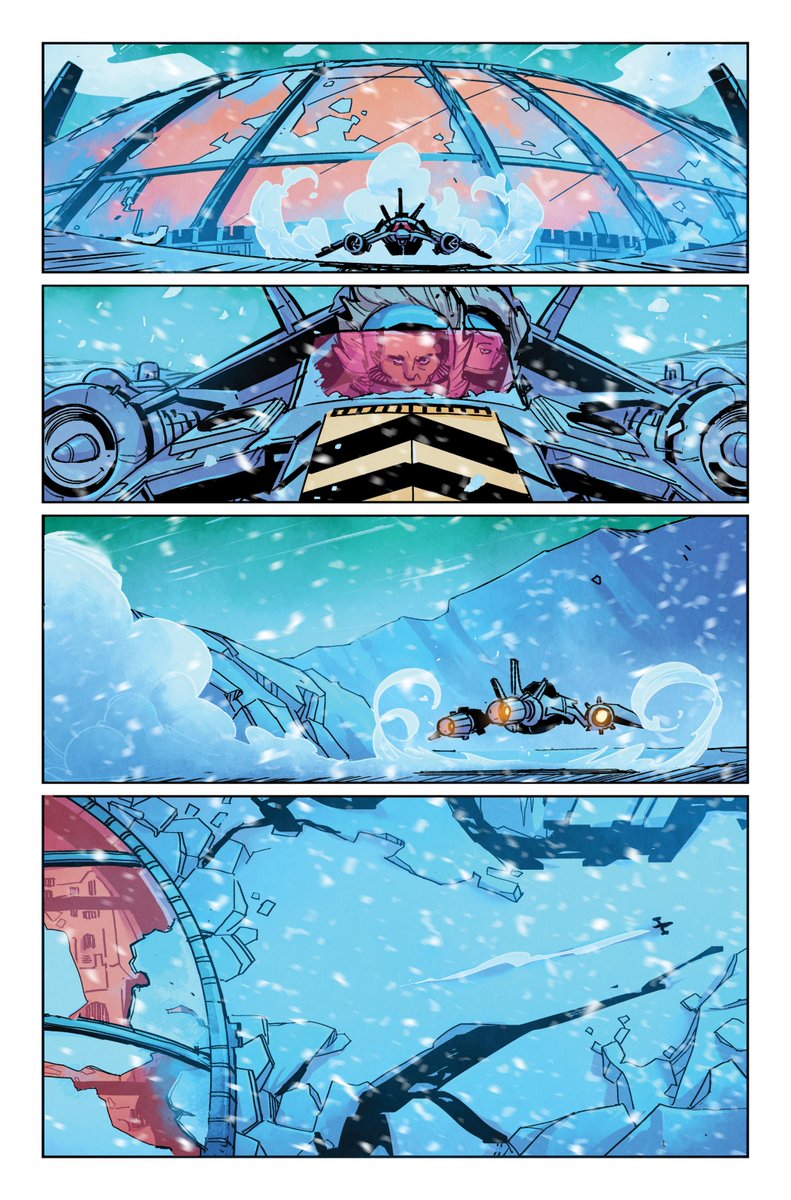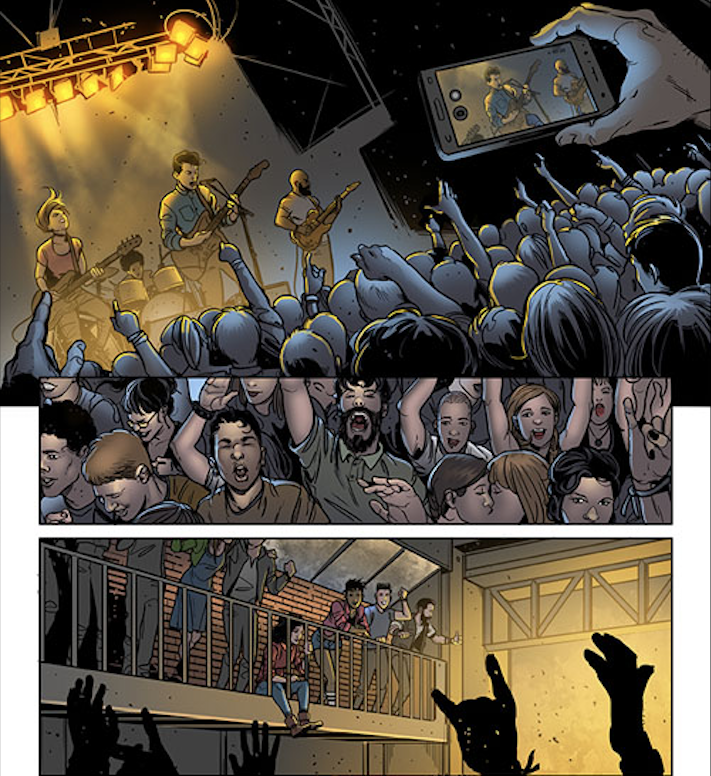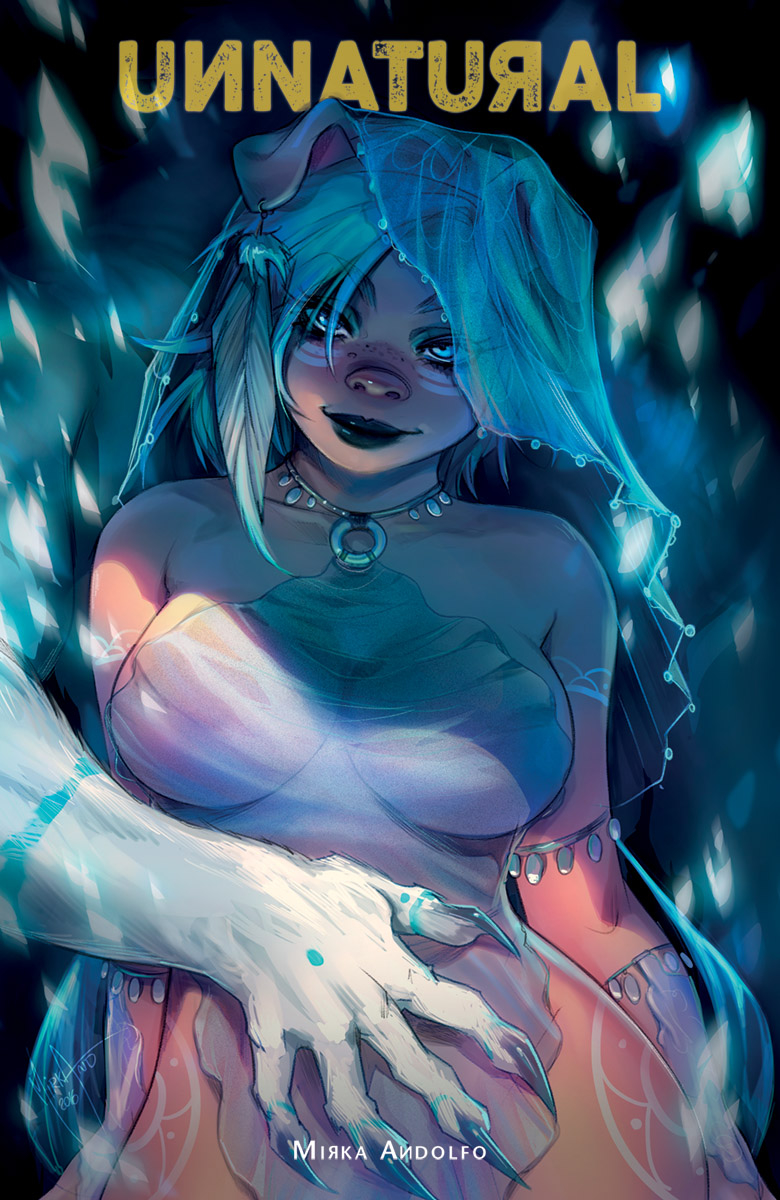REVIEW: Clankillers #1 by Sean Lewis & Antonio Fuso
Clankillers #1 is dark and gritty in way readers might not expect.
By Zack Quaintance — Clankillers #1 is a gritty comic, but not in the way you might think. It’s not gratuitous nor extreme. There are violence and hints of sex, some nudity, but any violence is unfortunate for all, any sex utterly bleak and without any glamor or romance. Essentially, Clankillers is gritty in a way that feels real in tone and emotion, so much so the book’s imagery lingered with me for days.
It feels real in how cruel its king is (Padraig the Grotesque), how calloused the child protagonist/narrator has become, how fearful and supplicant the king’s subjects are in his presence. Yet, bits of supernatural Celtic folklore float amidst the story (which is set in feudal Ireland), failing to amaze or even captivate Clankillers’ cast, so comfortable are they with banshees and goddesses existing nearby.
It’s this nonchalance I found so haunting. In one scene, protagonist Finola and her best friend the orphan Cillian play with a severed idiot’s head, obviously not for the first time because Finola remarks: This one’s got good bounce to his noggin. In another scene, she launches into a harsh summary narration about her world...This dark fucking world we live in. Only one thing you can do in the face of it all...be darker than the fecks.
The book’s strengths are how it creates a sense of an unavoidable tragedy, and how it gives our hero a clear (if seemingly impossible goal): to get revenge on a goddess who took her mother and drove her father mad by killing Ireland’s four clans.
The visuals are also captivating, rough by design. The entire first issue is bookended by ethereal imagery in which an as-of-yet unnamed naked woman with mysterious body markings and one eye exhales and inhales our story, as if its entirety is being created on her breath. Lewis also makes great choices with what to include in his panels, incorporating disembodied floating skulls in one memorable scene to emphasize a character’s cruelty, while at other times playing with sizes to depict power dynamics.
The book has a unique look and tone, to be sure, and in a year when so many comic book genres—from science fiction to horror—are so heavily saturated, historical and mythological fiction has been somewhat missing. Clankillers being rooted in Celtic lore sets it apart. The bleakness can be oppressive at times, though, and it remains to be seen if there’s power or poeticism behind the grit and doom and dourness that Sean Lewis has done so well.
Overall: Clankillers #1 covers rare ground in comics, and it covers it well, depicting the bleak darkness of Celtic mythology. The excellent artwork fits the tone, and the hero is given a clear objective to move the plot forward. Essentially, this story feels captivating in a way not unlike a slow trainwreck. 8.0/10
Zack Quaintance is a journalist who also writes fiction and makes comics. Find him on Twitter at @zackquaintance. He lives in Sacramento, California.

















